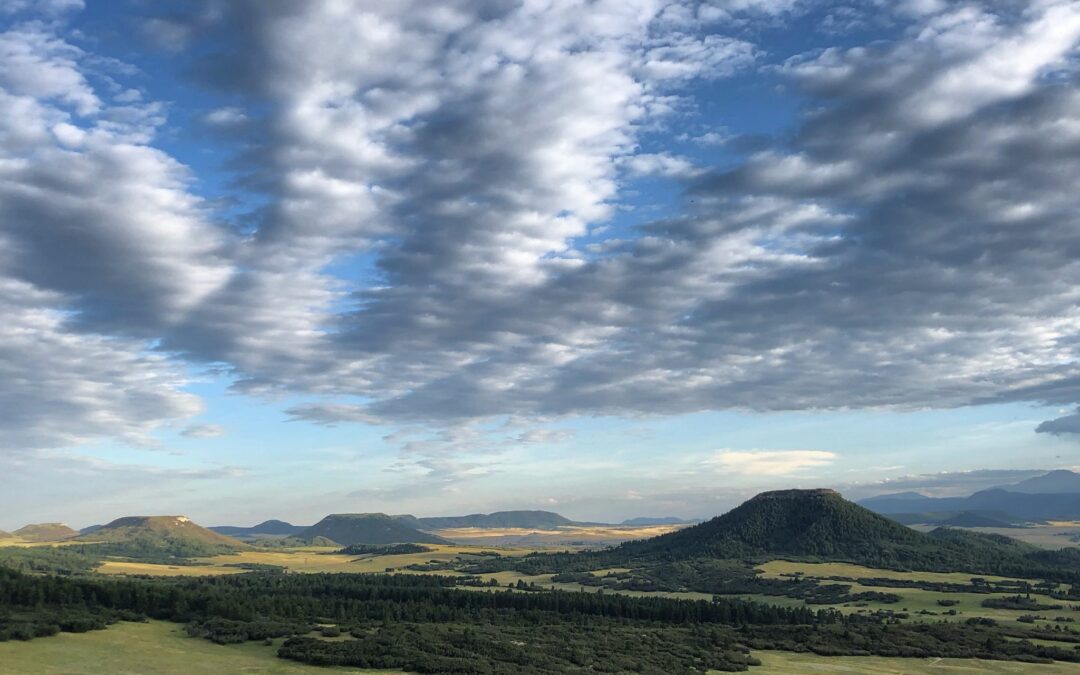by Alan Clarke
As I watched flames shoot through the roof of the cathedral of Notre Dame de Paris, and beheld its majestic spire topple and plunge to the ground, tears threatened. I reflected upon what I was witnessing. Notre Dame has graced Île de la Cité in Paris for 869 years, seemingly forever. When construction began, centuries before European “discovery” of the New World, King Louis VII ruled France, King Henry II ruled England, Emperor Gaozong ruled over China and the Mayan civilization thrived in what eventually came to be known as Central America. A national treasure of France, and for that matter, the world, it seems Notre Dame has always been and always will be, long into the future.
Only four years ago, I stood within that very structure, humbled and in awe of the creativity and resourcefulness of the architects and builders of yore. Architecturally, artistically, aesthetically, historically, and, particularly to Catholics, religiously, the cathedral of Notre Dame stands out as a place of great significance. I laid my hand upon an ancient column, seemingly so solid and having withstood centuries upon centuries the ravages of time, not appearing much worse for the wear. Wars, riots, revolutions–all had swirled around, leaving no lasting trace. In perhaps a trick of an overstimulated imagination, it seemed that I could sense the presence of people from across the ages, almost hear them, even. I was filled with deep emotion.
Of all humankind’s most wondrous creations, surely this was an example of what it means to be preserved in perpetuity. The possibility that there would ever be a time when Notre Dame would no longer rise above the streets of Paris was unimaginable.
Yet, as the devastating fire was demonstrating, Notre Dame is all too vulnerable, and there are no guarantees that it will still exist in another 869 years, or even another 10 years. In the aftermath of the blaze, news sources revealed that some of the iconic flying buttresses supporting the very walls of the cathedral were badly crumbling, even before the fire, and when they collapsed, so too would the ancient stone walls, fire or not.
For too long, the Catholic Church, the city of Paris and France itself have taken for granted that Notre Dame will always stand, and neglected to take proper measures to ensure it will be so. Repairs and maintenance, when performed at all, took place decades or longer beyond the point when permanent damage and decay had progressed. And there was a constant shortage of funds to perform even the most basic of maintenance, much less the very substantial structural stabilization also needed.
Religion aside, the importance and value placed in the cathedral of Notre Dame by the local people, the nation and indeed, the world were clear even before the last wisps of smoke drifted away. Massive crowds filled the streets of Paris, international news headlines were dominated for days and there was an astounding two-day outpouring of more than a billion euros of unsolicited donations for repairs and reconstruction.
The thing of it is, though, that until destruction and loss were staring them straight in the eyes, as unavoidable as the smell of smoke permeating parts of Paris during the blaze, most people went on about their daily lives not giving a second thought to Notre Dame or what it would mean if it were no longer there. To tweak a well-known saying, you often don’t cherish something until it is gone. Something of great importance was basically ignored, the odds of its long-term existence steadily declining.
If, instead of ignoring, the vision of perpetuity had been seriously addressed long ago by developing a monitoring and maintenance plan, and raising sufficient funds to properly implement the plan for all time, the existing, pre-fire damage to the cathedral could have been averted, and the conditions leading up to the fire could have been prevented. The prospects for Notre Dame surviving for millennia would seem reasonable. As it stands now, not so much.
A billion euros will go far to shore up Notre Dame’s structure and repair the fire damage. But in a sense, even a billion euros at this time is too little, too late. A billion extra euros, wisely expended over the past three hundred years, however—that is a different matter. Preventing stone from crumbling or a roof from leaking is much easier and more effective than repairing crumbling stone or water-damaged wood. Patching and fixing, never as good as prevention, diminishes the prospect of surviving in perpetuity.
Perpetuity is a fragile, uncertain thing…without planning, effort, resources and constant vigilance, it is gone…without vision and initiative, it never begins. Places of sublime beauty, both natural and human-created, often persist for a time, then disappear.
Douglas Land Conservancy is charged with stewarding conserved land and open spaces and bits of the natural diversity and wonder of Colorado in perpetuity. Not for 100 years, not for 500 years, not for 869 years, but forever. That is the promise of DLC: To monitor, maintain and defend conserved land and open spaces, forever.
Forever is a tall order. We must prevent the equivalent of failing buttresses, collapsing walls or decaying roofs. We must ensure that we are able to address increasing expenses. We must avert the negative consequences of unexpected future events. We must ensure that changing civic priorities, evolving political environments, encroaching land development, and other pressures do not divert us from our course. And we must see to it that the conserved land and open spaces are not taken for granted, that future generations will not experience a burning-cathedral moment when it comes to the opens spaces and preserved land under our protection.
DLC cannot achieve this without significant and continued financial support. Only through generous donations will we be able to build the significant financial resources required to fulfill our promise. And we must make meaningful progress in this regard now. Please help to secure our conserved lands and open spaces against the vagaries of a long and uncertain future. In perpetuity. Forever.
Although we will be long gone, perhaps one day, five hundred years from now, or a thousand years from now, a person will walk the pathways on a property still stewarded by DLC. That person will come upon an ancient grove, and lay their hand upon the trunk of a towering tree, gazing skyward in awe at the treetops so high above. Perhaps that person will also sense the generations of caretakers and people passing by the grove, much as I felt the presence of past generations while standing in the nave of Notre Dame. And perhaps that person will be filled with deep emotion and gratitude that a long line of dedicated people bothered to preserve, provide for and care for this special place for so long.

About the Author: Alan Clarke grew up wandering the fields and forests of upstateNew York. He received a B.S. from Duke University and a M.S. from the University ofColorado, Boulder, both in Civil Engineering. Professionally, he works as an aerospaceengineer, helping to ensure success for a wide variety of satellite and launch vehiclemissions. Alan is a Life Member of The Nature Conservancy. Since 2000, he has lived inPerry Park, Douglas County. A favorite past-time is hiking the high mountains with hisdaughter.

